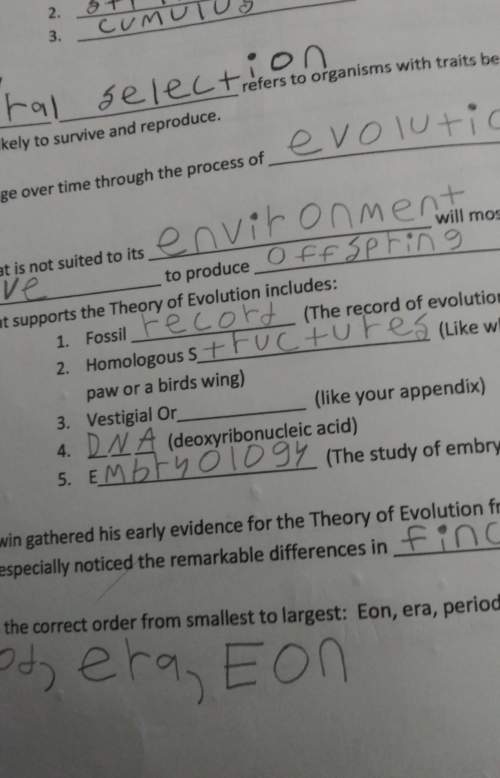
Physics, 09.09.2021 19:00 Starlightdust5314
Which of the following describes how you can see the moon at night?
A. The sun's ray's diffract around the moon
B. The sun's rays reflect off the moon's surface
C. The sun's rays refract through the moon.
D. The sun's rays are absorbed by the moon's surface.

Answers: 3


Other questions on the subject: Physics

Physics, 22.06.2019 15:00, depinedainstcom
What property of an object determines its inertia?
Answers: 2

Physics, 22.06.2019 19:30, paulstanley972
Visualize the problem and identify special cases first examine the problem by drawing a picture and visualizing the motion. apply newton's 2nd law, ∑f⃗ =ma⃗ , to each body in your mind. don't worry about which quantities are given. think about the forces on each body: how are these consistent with the direction of the acceleration for that body? can you think of any special cases that you can solve quickly now and use to test your understanding later? one special case in this problem is if m2=0, in which case block 1 would simply fall freely under the acceleration of gravity: a⃗ 1=−gj^.
Answers: 1

Physics, 22.06.2019 21:00, emilyrobles
Which of the following statements comparing electron microscopy and light microscopy is false? which of the following statements comparing electron microscopy and light microscopy is false? both the electron microscope and the light microscope use the same wavelengths for illumination. images produced by light microscopes can be in color, whereas electron microscope images are black and white unless they are artificially colored. the electron microscope has greater resolution than the light microscope. electron microscopes can allow examination of viruses and internal cell structures, whereas light microscopes are limited to objects that are 0.5 micrometers and larger. request answer
Answers: 2
You know the right answer?
Which of the following describes how you can see the moon at night?
A. The sun's ray's diffract ar...
Questions in other subjects:



English, 02.11.2020 18:40

Arts, 02.11.2020 18:40


Computers and Technology, 02.11.2020 18:40

Mathematics, 02.11.2020 18:40

Arts, 02.11.2020 18:40

Arts, 02.11.2020 18:40




